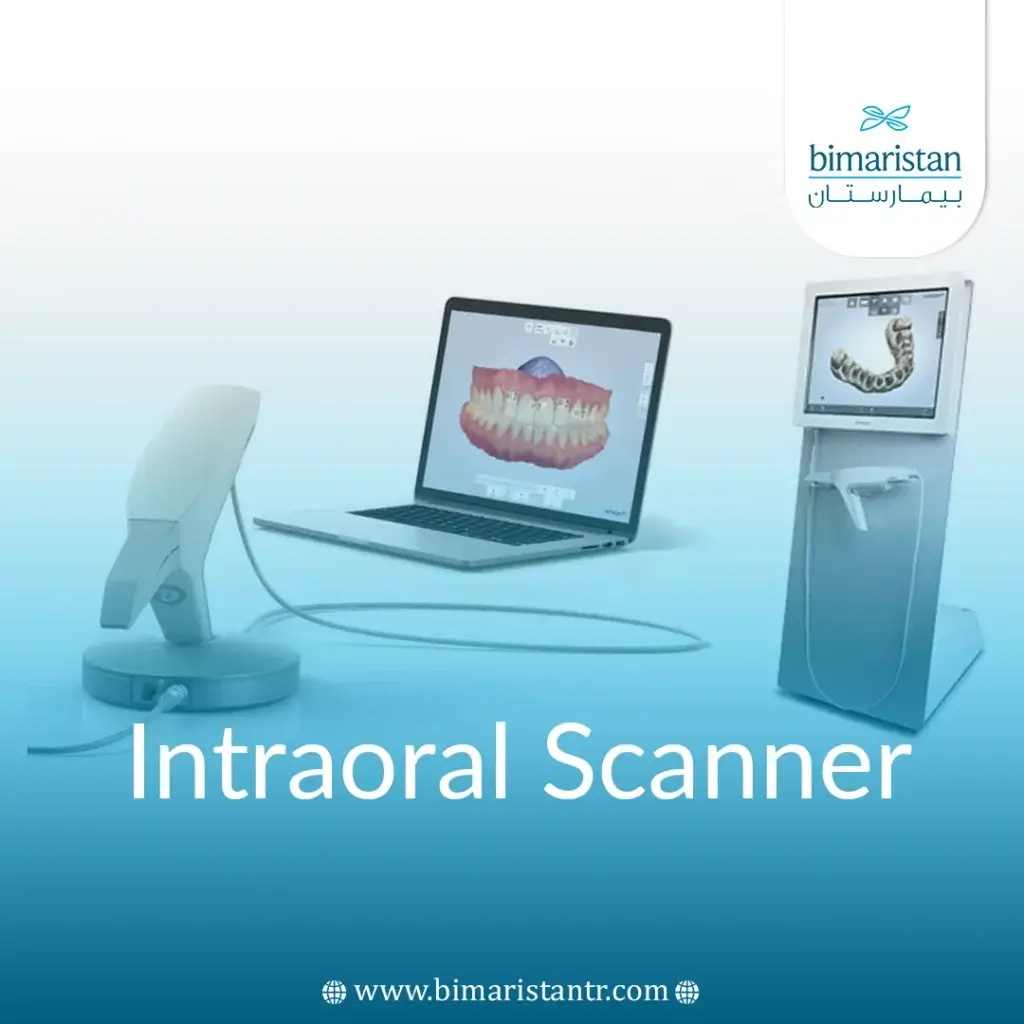An intraoral scanner is a device that allows the dentist to take a high-resolution impression of the teeth and mouth; there are no more sticky or annoying materials while taking an oral impression in the dental clinic,
With the increasing popularity of 3D intraoral scanners, learn with us what intraoral scanners are available in Turkey. Here, we take a closer look at this amazing tool that makes a big difference and takes the examination experience for both doctors and patients to a whole new level.
There are many ways to take impressions and make models using impression materials such as silicone, agar, alginate, etc. Still, these methods are prone to error, uncomfortable for patients, and time-consuming for dentists.
Digital intraoral scanners were developed as an alternative to traditional impressions to overcome these drawbacks.
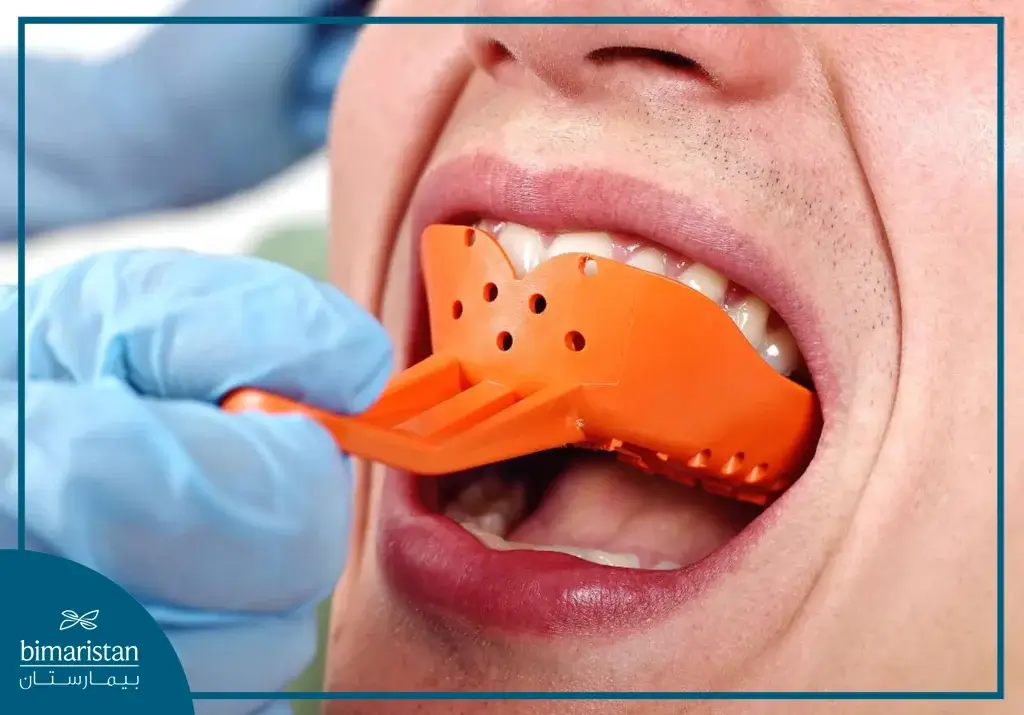
What is an intraoral scanner?
An intraoral scanner is a portable device to make a direct digital impression of the teeth and oral cavity. This device allows a simulated image of the fine details of the hard and soft tissues in the oral area through high-quality images.
The scanner’s light source is directed onto the area to be scanned, such as a tooth or a complete dental arch, and a 3D model processed by the scanning system appears on a touch screen.
This portable scanning printer is becoming an increasingly popular option due to its significant reduction in work time and excellent 3D image output.
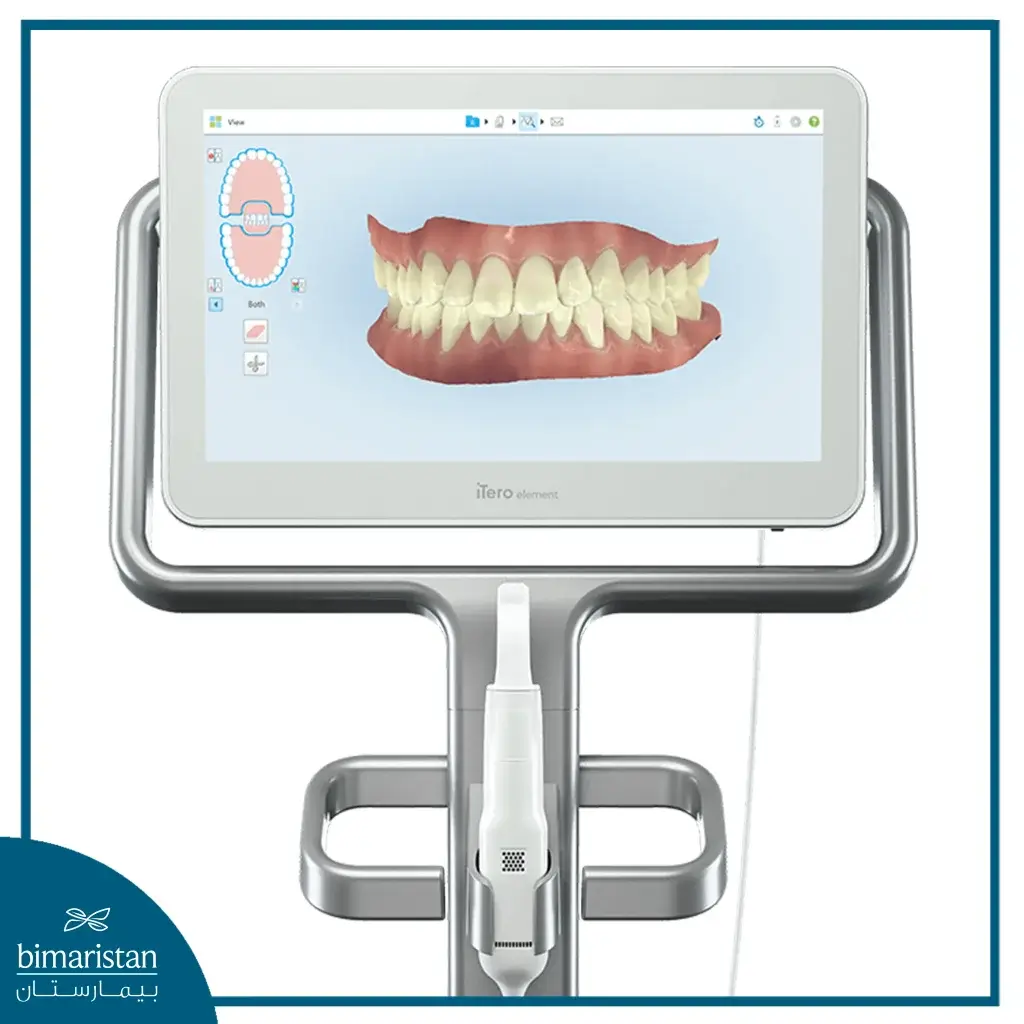
The evolution of the intraoral scanner
The advent of the oral scanner coincided with the development of a new computer-based technology called CAD/CAM, which brought many benefits to practitioners.
With the introduction of computer-aided design (CAD/CAM) for the first time in dental applications, a scanner was developed that was available for use by the laboratory to create and prepare delicate restorations such as inlays, onlays, crowns, and dental implants. Over time, scanners were produced that were faster, more accurate, and smaller than ever.
Today, portable digital oral scanners and CAD technology provide easier treatment planning, a more streamlined workflow, greater acceptance, more accurate and high-quality results, and an expanded range of treatments.
What does an intraoral scanner consist of?
An intraoral and dental scanner is a small, hand-held scanning wand that contains a camera and a computer with analysis software.
The wand is connected to a computer that runs a dedicated program that processes the data sensed by the camera. The smaller the wand, the more flexible it is in reaching deeper into the mouth to capture more accurate images.
The intraoral scanner digitally captures the structure of your teeth and gums using the latest optical technology. It creates a high-resolution 3D digital impression of your teeth and soft tissue structures through digital software, including 3D impressions of your teeth displayed on a computer screen. The scanner can be used for any orthodontic treatment, including Invisalign clear aligners.
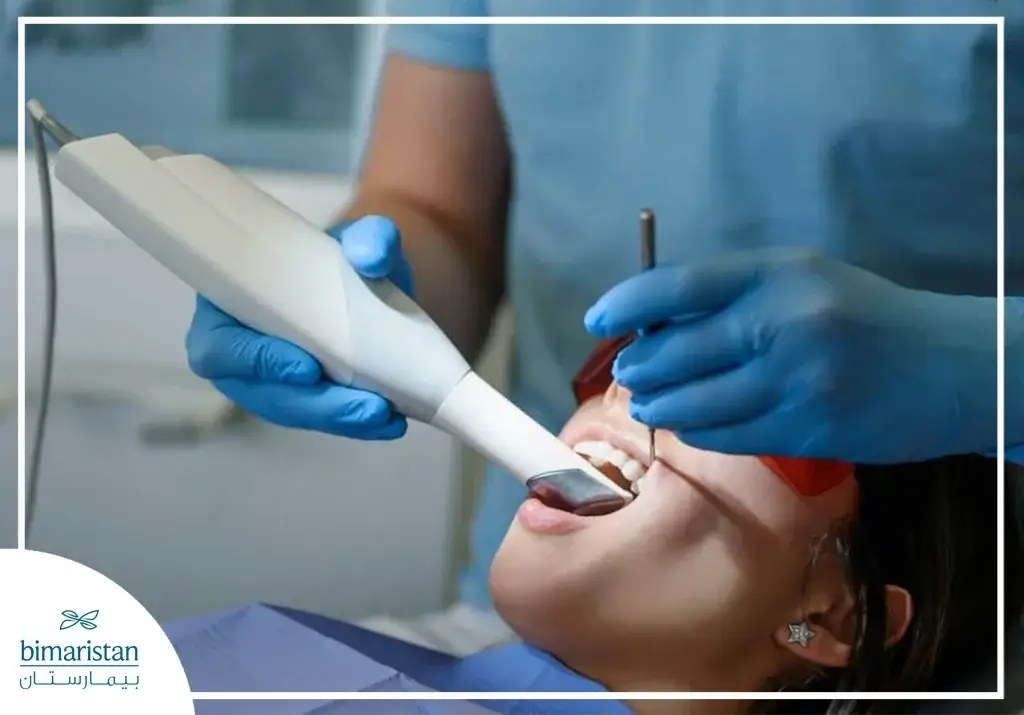
How to use the intraoral scanner
Taking impressions using this technology does not trigger the gag reflex as in traditional methods, making the experience more comfortable for patients.
First, the dentist inserts the scanning wand into the patient’s mouth and gently moves it over the tooth surface so that the wand automatically captures the size and shape of each tooth. The process takes only about a minute or two, and the system can produce a detailed impression.
The dentist can view the image directly on the computer with the possibility of enlarging and processing it for details and then sending this information to the laboratory to prepare the required equipment.
With these immediate results, the entire process will be more efficient, which will help save time and allow dentists to examine more patients.
Advantages of the intraoral scanner
A more comfortable experience for the patient
The oral and dental scanner greatly reduces the patient’s discomfort because they do not have to endure the inconvenience and discomfort of traditional printers and the possibility of gag reflex.
Fast and time-saving results
This method reduces the time required for treatment. The scan data can be sent immediately to the dental laboratory via the software, reducing the need for rework. Delivery times are faster compared to traditional practices.
Increased accuracy
Intraoral scanners use the most advanced 3D imaging technologies to capture the shape and precise curves of the teeth. This enables the dentist to obtain scan results and clearer information about the patient’s tooth structure, know the dimensions, and provide accurate and appropriate treatment, such as in the case of designing removable dentures.
Better patient education
It is a more direct and transparent process. After scanning the entire dental arch, the dentist can use the 3D scanner to detect and diagnose dental diseases such as tooth decay by providing a high-resolution magnified image and sharing it digitally with patients on screen to see their oral condition almost immediately to proceed with treatment plans.
Using an intraoral scanner in orthodontic treatment
Many types of intraoral scanners work with the Invisalign system for clear aligners. The orthodontist can scan the patient’s mouth using an intraoral scanner and then show them how they will look after their treatment with Invisalign.
This technology improves the patient experience because patients can know what to expect and feel more confident in the diagnosis and treatment plan. It also speeds up case preparation threefold compared to other traditional methods.
As a result, your clear aligner template is created and sent back to the orthodontist as soon as possible so you can start treatment faster. The scan files can then be sent to any laboratory to make the dental appliance.
If you would like to experience orthodontic treatment with us through Bimaristan Medical Center, Turkey has recently become one of the leading countries in medical tourism worldwide. The reason behind this is the presence of advanced medical centers that provide appropriate treatment by the most skilled doctors and the latest medical equipment at a low cost. Bimaristan Medical Center remains your first choice for treatment in Turkey.
Orthodontists can also develop optimal treatment plans for their patients because the intraoral scanner can help dentists track their patient’s treatment progress. Regular checkups throughout Invisalign treatment can help compare expected results with actual results.
Is the intraoral scanner easy to use?
As for its use alone, many dentists note that it is easy to use and comfortable.
To adopt an intraoral scanner in dental practices, you only need some simple training. The manufacturer of the scanner varies.
Traditional intraoral impression techniques versus digital impression systems
No more sticky or irritating materials during an in-office oral impression. With the intraoral scanner, orthodontists can take high-resolution digital impressions of the teeth and mouth.
The new technology completely eliminates the need for molds and impression materials, which are similar to stuffing a large amount of gum in a person’s mouth. The old method is very annoying and often requires repeated impressions that can be rejected, broken, or misplaced.
The scanner ensures a more accurate impression from the start, which leads to improved treatment and a more comfortable experience for the patient. Digital impressions also allow you to see your teeth instantly in 3D, which improves communication during the consultation and treatment process.
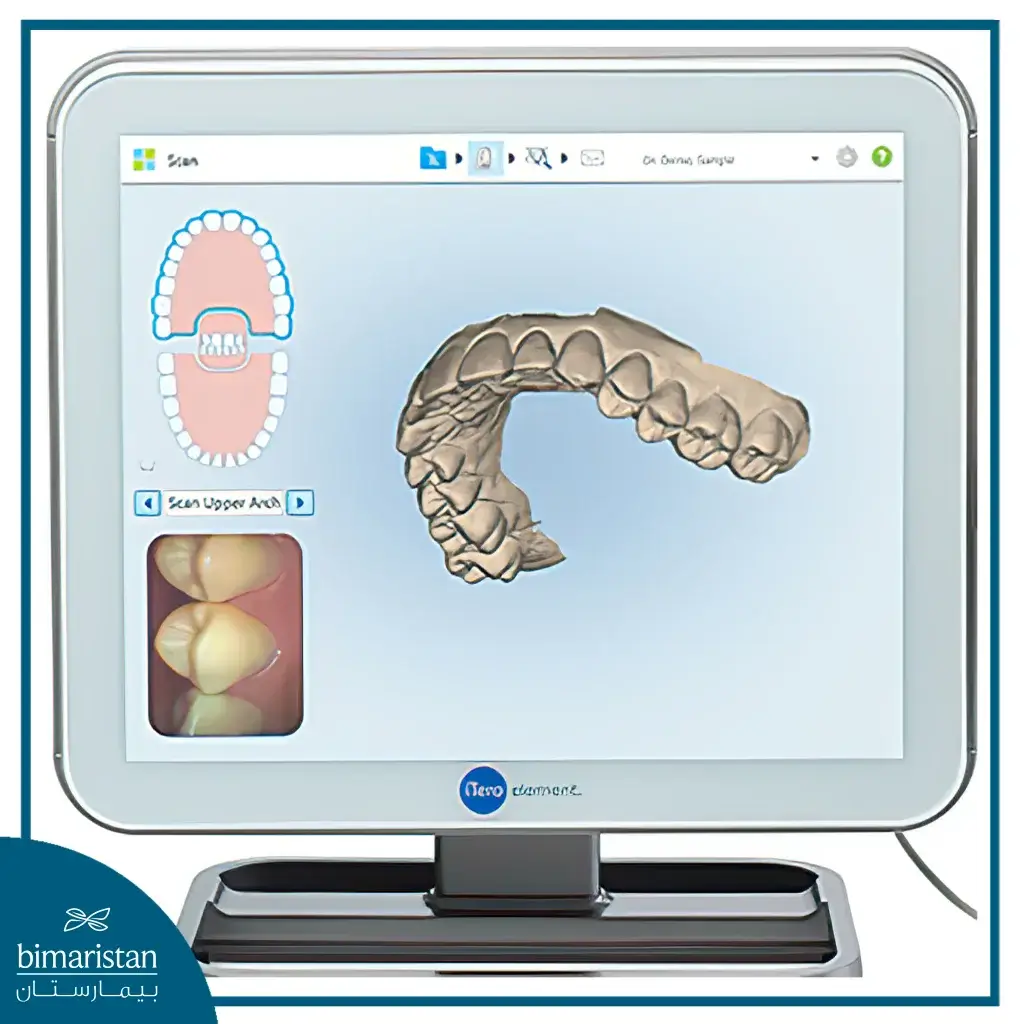
Sources:
